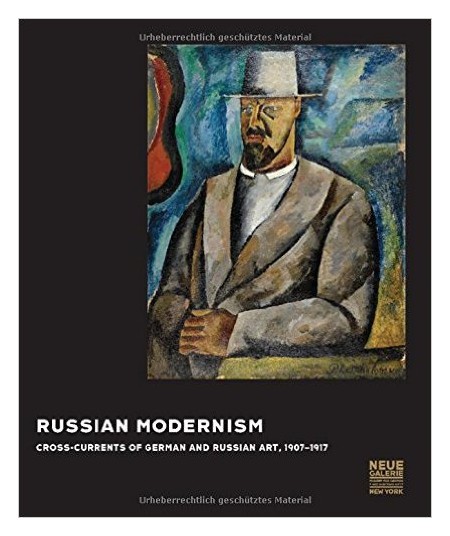-
Книги
- Нонфикшн
- Гуманитарные науки
- Деловая литература
- Естественные / Точные науки
- Книгоиздание
- Лайфстайл
- Словари / Энциклопедии
- Художественная литература
- Детектив
- Драматургия
- Классическая проза
- Мифология. Эпос
- Поэзия
- Собрания сочинений
- Современная художественная проза
- Фантастика. Фэнтези
- Биографии / Мемуары
- Графические романы / Комиксы
- Детские книги
- Воспитание. Педагогика
- Детский досуг
- О детских книгах
- Познавательная литература
- Художественная литература для детей
- Журналы / Зины
- Архитектурные
- Гуманитарные
- Журналы о моде
- Зарубежная периодика
- Искусство / Фотография
- Кино / Театр
- Лайфстайл
- Книги «Подписных изданий»
- Книги на иностранных языках
- Английский язык
- Испанский язык
- Итальянский язык
- Книги на иностранных языках для детей
- Немецкий язык
- Финский язык
- Французский язык
- Шведский язык
- Книги о кино
- Книги о музыке
- Книги о средневековье
- Книги о театре
- Книги о фотографии
- Книги об искусстве / Книги об архитектуре
- Альбомы по искусству
- Архитектура
- Декоративно-прикладное искусство
- Живопись
- Искусствоведение
- Орнаменты
- Прочее
- Танец
- Татуировка
- Творческое развитие
- Книги по философии
- Кулинарные книги
- Николай Солодников рекомендует
- Предзаказ
- Про дизайн / Про моду
- Путеводители / Книги о путешествиях
- Канцелярские товары
-
Подарки
- Брошки и значки
- Гирлянды
- Закладки
- Игры
- Календари
- Наклейки
- Наши сувениры
- Открытки
- Всякие-разные
- Наборы открыток
- Поздравления
- Про любовь и другие хорошие чувства
- С писателями и поэтами
- С цветами, овощами и фруктами
- С цитатами и другими фразами
- Подарочные сертификаты
- Постеры
- Прочее
- Сумки и шоперы
- Упаковка
- Подарочные сертификаты
Адрес магазина: Санкт-Петербург, Литейный пр., 57
Russian modernism
| Издательство | Prestel |
|---|---|
| Год издания | 2015 |
| Переплет | Твёрдый |
| Страниц | 208 |
| Формат | 242х292 мм |
| Язык | Английский |
| ISBN | 978-3-7913-5458-3 |
| Артикул | 1067210 |
This book explores the direct connections and collaborations of German and Russian artists and the affinities between both countries' artistic development. Russian Modernism maps the Russian version of expressionism and puts it in the context of the history of 20th century art. Russian Modernism is dedicated to the radical modernist movements in Russian and German art during the early years of the 20th century. Their development was parallel and often intertwined. Artists such as Vasily Kandinsky or Alexej von Jawlensky are claimed by the Germans but remain Russian artists for the Russians. The Burluk brothers, who became celebrities of the Russian radical art scene, participated in the first exhibition of the Blauer Reiter. Russian artists travelled to Germany and lived there, while their German counterparts were aware of what was shown in Moscow exhibition halls. The diverse art movement "expressionism" was formed in Germany at the beginning of the 1910s and was given the name by the critic Herwarth Walden. Members of groups such as Die Brьcke and the Blauer Reiter were initially influenced by the French Fauves movement, and their Russian contemporaries also tried to find new artistic truth in Paris, 'la Ville Lumiиre'. However, both in Germany and Russia the new French influence underwent radical transformation. Beautifully illustrated and designed, this book provides an insight into the work of Russian and German artists in the early years of the 20th century.
Подписка на рассылку
Раз в месяц будем присылать вам обзоры книг, промокоды и всякие-разные новости




